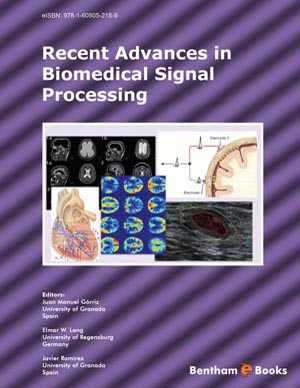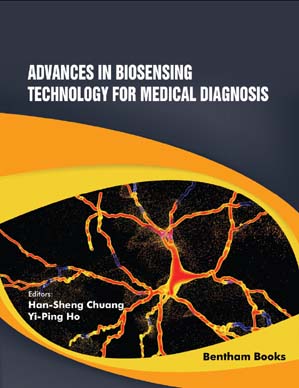Abstract
Single-trial evoked response potential detection is a fundamental problem that needs to be solved with high accuracy before noninvasive brain computer interfaces (BCI) can become a widely used practical tool that enables seamless communication with and control of a computer and any peripheral devices that can be connected to it. While in current BCI prototypes multi-trial inference is utilized with some success to convey user’s intent to the computer for various applications, speed of such communication is inherently limited by the number of stimulus repetitions the subject has to go through before one command selection can be transmitted to the computer. Consequently, number of stimulus repetitions (i.e., number of trials) is inversely proportional to the speed of communication and control that the subject can achieve. In this chapter, we provide a review of our recent work on using mixed effects models, a parametric modeling approach to statistically model trial-responses in electroencephalography in a generative fashion. Emerging from this generative model, we also develop a Fisher kernel that is in turn utilized in the support vector machine framework to develop a discriminative model for single-trial evoked response potential detection. Our results demonstrate that across multiple subjects and multiple sessions, the Fisher kernel detector outperforms its likelihood ratio test counterpart based on the generative model as well as other benchmark classifiers, specifically support vector machines with linear and Gaussian kernels.
Keywords: Brain computer interface, single-trial ERP detection in EEG, mixed effects model, fisher kernel support vector machine





